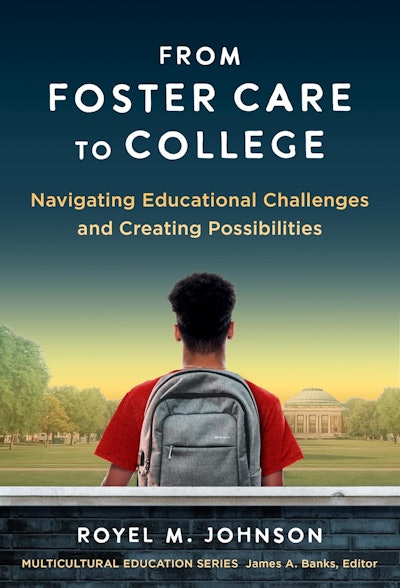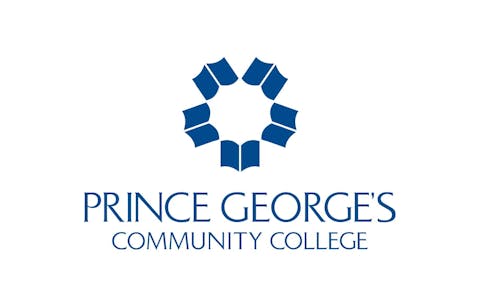
But foster youth can also be reluctant to ask for help. Institutions should be making efforts to meet these students where they are and provide them with basic needs like housing, food, and financial support. It takes trauma-informed and healing-centered care to lift these students, and others, to success.
“The reality is, most people know very little to nothing about foster care, and the little they do is curated by the media and stereotypical images that paint foster care youth as deviant, incorrigible, and the reason for their placement in the foster care system,” said Johnson. “There’s a lot of learning and unlearning the public needs to do.”
Being placed in foster care might mean that the young person is living in a situation of abuse or neglect. It could also mean their family members have died and there is no one remaining to care for them. Often, Johnson said, foster care impacts Black and Native American youth due to the “policing and surveillance that happens disproportionately to those families.” And being taken from their homes, family, and friends is certainly traumatic, he added.
Johnson said it was important for him to both acknowledge that trauma and move past it to tell student’s stories from a strength-based, non-deficit perspective.
“How do they self-author their own stories and narratives, how do they resist the low expectations placed on them?” asked Johnson.
Despite the unsettled ground beneath their feet, many foster youth maintain dreams for college, but the barriers they face too often get in their way. According to data from the National Foster Youth Institute, only 3% to 4% of foster youth obtain a bachelor’s degree.





















